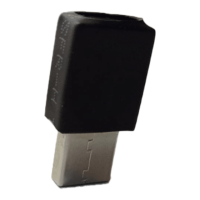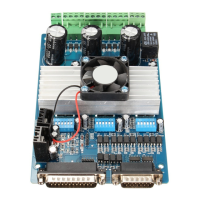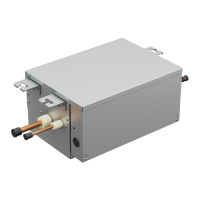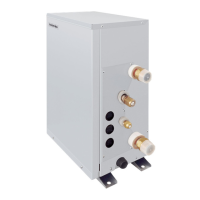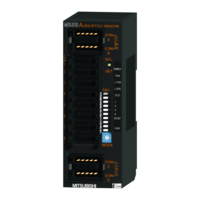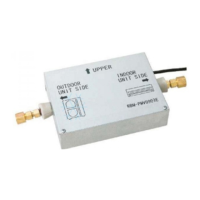6F8C0845
11
1.4 Basic Functions
1
1.4.3 Synchronous/asynchronous mode and data refresh cycle
As explained in the preceding section, there are two functions of communication between
the DN611 and slave devices: polling instruction/response and bit strobe instruction/
response. Data can be exchanged between the S controller and the DN611 in
synchronous mode or asynchronous mode as described below.
(1) Synchronous mode
Output : The S controller writes output data to slave devices into the DN611 in
advance, and activates a polling instruction/bit strobe instruction.
When the polling instruction/bit strobe instruction is activated, the DN611
sends the output data to the slave devices.
Input : The DN611 receives data from slave devices by a polling response/bit
strobe response. After having received data from all the slave devices, the
DN611 processes the input data, then notifies the S controller of input
completion.
For the S controller to read input data, it confirms the input completion from
the DN611, then reads the input data.
Figure 1-10 Data Transfer in Synchronous Mode
Output and input data are transferred between the S controller and the DN611 in
synchronization with the output/input cycles of the S controller program.
Therefore, only one transfer of output data/input data to or from all the slave devices is
guaranteed as synchronized.
Output
data
Input
data
Output
data
S controller data refresh cycle
S controller
Output
processing
Input
processing
Output
ordered
Input
completion
Output
processing
Input
processing
Output
ordered
Input
completion
DN611
Response Response
Slave
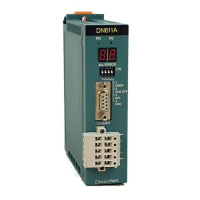
